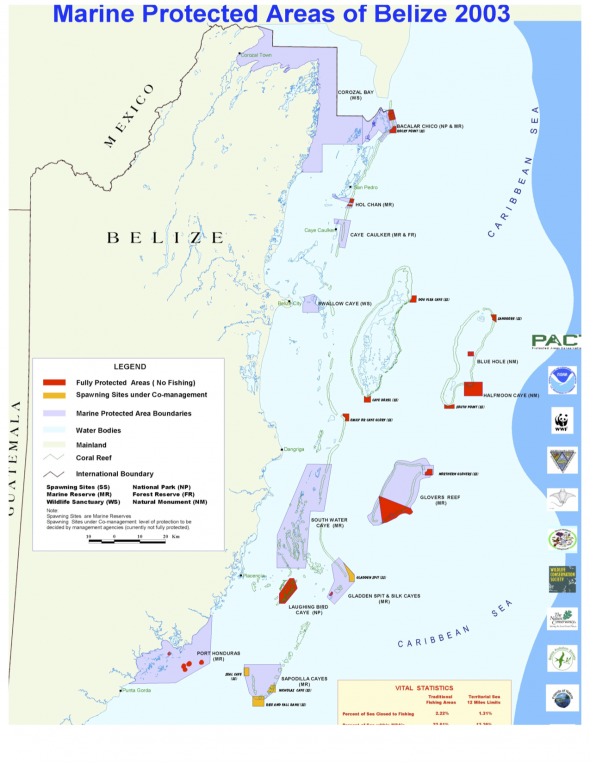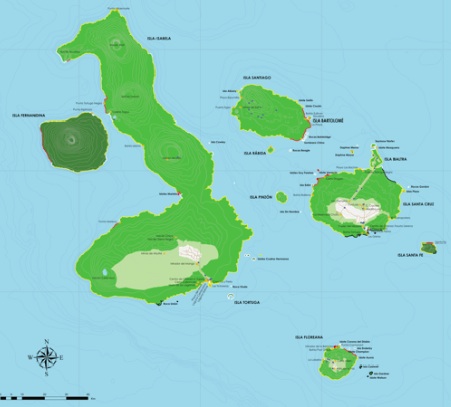Ever since I started blogging roughly five years ago, Iv’e wanted to write a series on coral reef MPAs (Marine Protected Areas). But where to begin? There is so much to cover, e.g., the various classification schemes for MPAs, where they are and how much of the worlds reef habitats are covered, whether they are increasing in size, and when and where they “work”.
MPAs have certainly become a cornerstone of coral reef conservation. I think the idea is great and am a big advocate of greatly expanding them. But I am often dismayed at how poorly they work, both in terms of helping people socioeconomically and protecting coral reef ecosystems from decay.
Poaching within coral reef MPA is rampant. Indeed it is the norm in many places I work across the Caribbean. MPAs are often incredibly small and appear to do little to mitigate many of the stressors causing the loss of corals and fish. And yet, some have done a pretty good job in restoring (e.g., the SPAs in the FKNMS) or protecting (Gardens of the Queen in Cuba) coral reef fishes.
A Marine Protected Area is simply a part of the ocean where human activities are “managed”. That doesn’t mean you can’t fish in them, which is a common cause of confusion. Fishing is not prevented or even restricted within an MPA, per se. An MPA in which no extraction is allowed is called a Marine Reserve, AKA No-Take Zones (NTZs) or Fully-Protected MPAs. MPAs are a general term for a wide-range of local management schemes.
Dr Ben Halpern has a nice article in the EoE about what a marine reserve is:
Marine reserves are areas in the ocean where no extractive activities are allowed. They are also often called ‘no-take zones’, since the killing, harming, or harassing of any plants or animals within the reserve boundaries is not allowed, and they are part of a broader spectrum of marine spatial management tools that fit under the umbrella term ‘Marine Protected Areas’, or MPAs.
The idea of setting aside fully protected regions of the oceans has been around for a long time, but it is only in the past decade or two that marine reserves have become a common tool for managing and protecting marine resources. Most commonly reserves are established for conservation purposes, but strong interest also exists in using them as a fisheries management tool. Even so, a relatively small portion of the world’s oceans to date have been set aside in marine reserves – less that 1%.
“Managed marine seascapes” are often zoned for various uses and restrictions. Usually, some small portion is some form of marine reserve, such as the Ecological Reserves and the Sanctuary Preservation Areas within the Florida Keys National Marine Sanctuary:

Another example is Belize in which reefs are zoned as MPA with Fully Protected Areas (marine reserves) nested within them (in red) – note Belize’s zoning scheme has changed a bit since this map was published:
 Sadly, the reserves usually make up a small fraction of the system and in many cases these are places fisherman can’t access or don’t want to bother with anyway. There is a science underlying such zoning, but in most cases it all comes down to political compromise. A great example is the Galapagos “Marine Reserve”, which is in fact incorrectly labeled, as only a tiny fraction of the shoreline and none of of the open water areas are closed to fishing. They are the portions of the shore in red in the map below:
Sadly, the reserves usually make up a small fraction of the system and in many cases these are places fisherman can’t access or don’t want to bother with anyway. There is a science underlying such zoning, but in most cases it all comes down to political compromise. A great example is the Galapagos “Marine Reserve”, which is in fact incorrectly labeled, as only a tiny fraction of the shoreline and none of of the open water areas are closed to fishing. They are the portions of the shore in red in the map below:

Leave a Reply